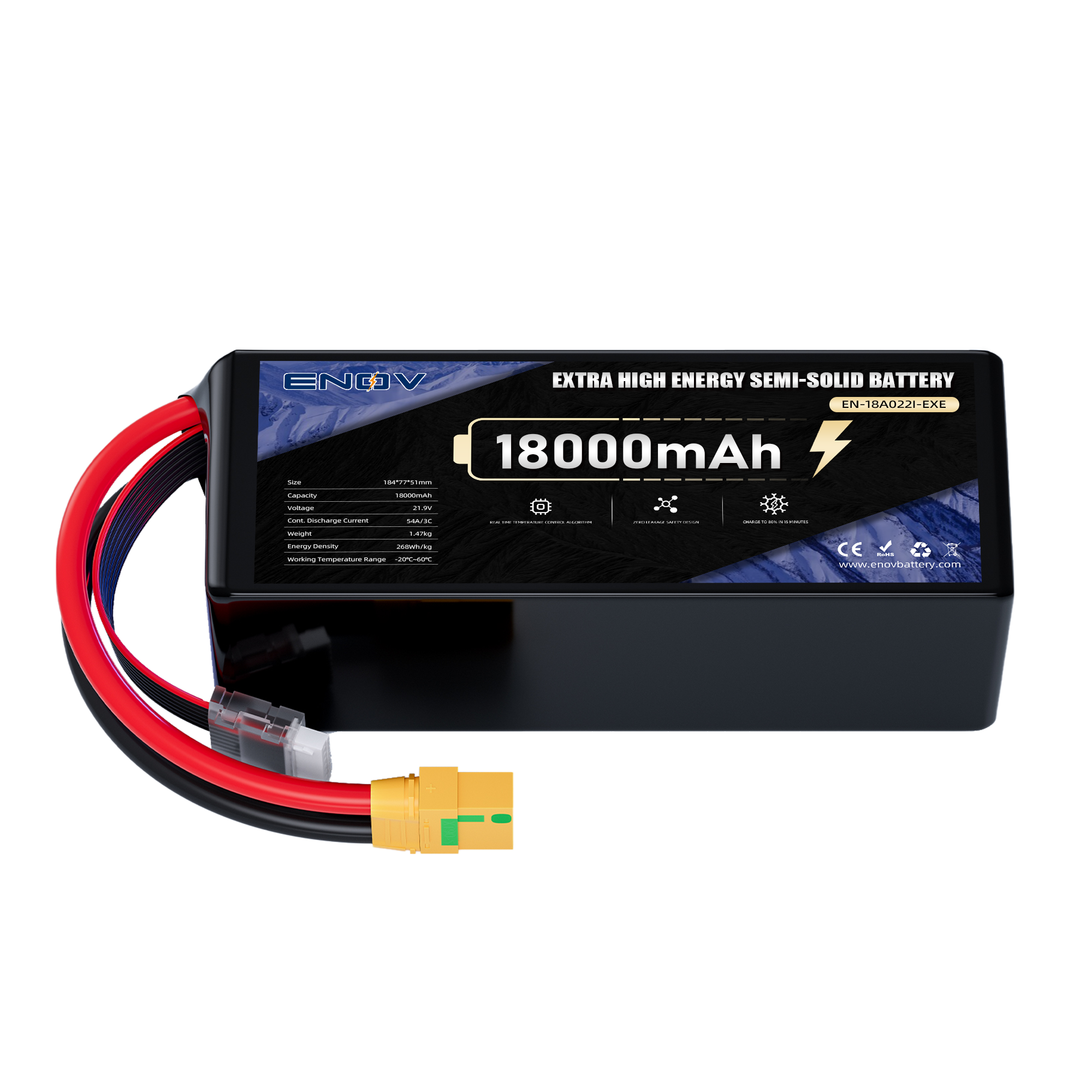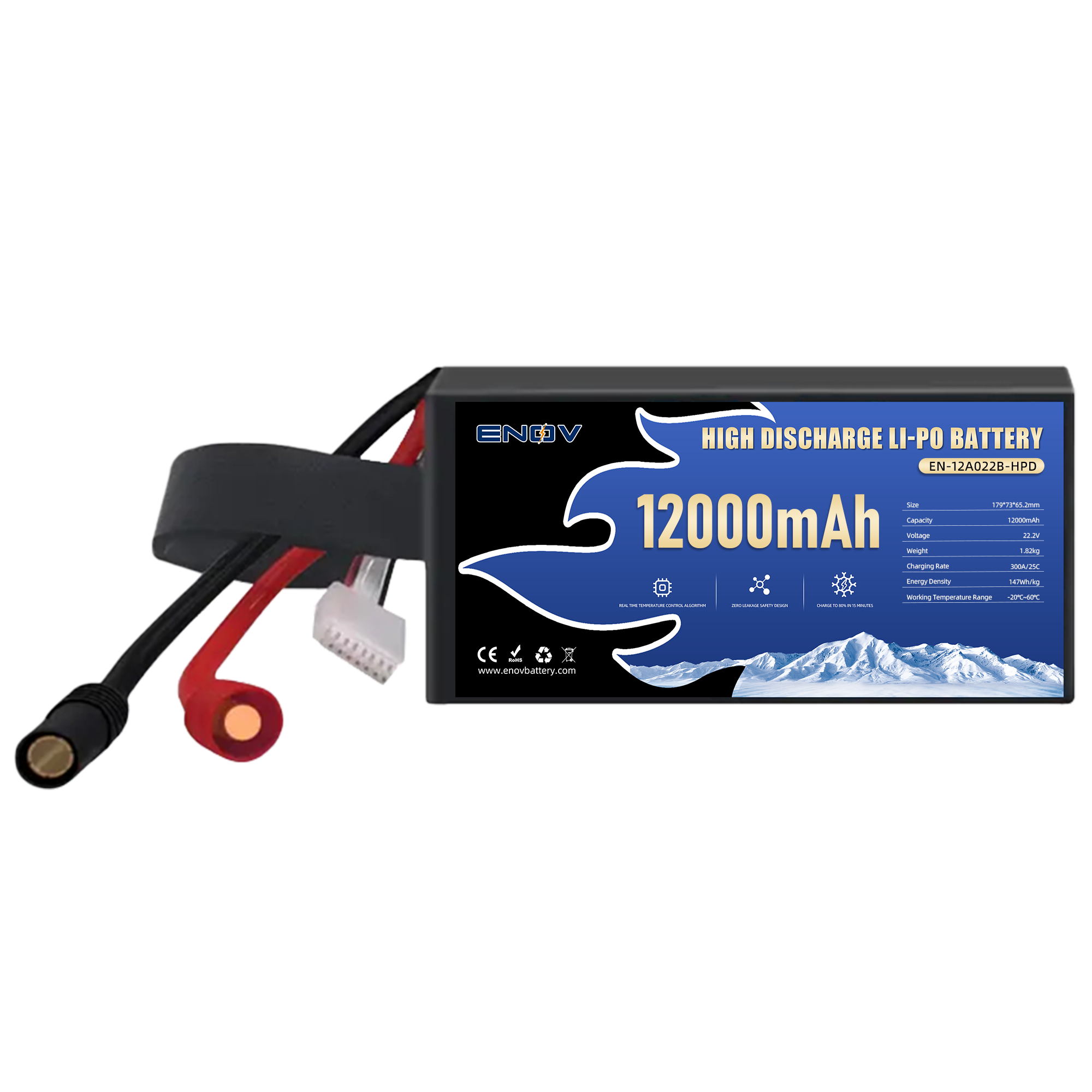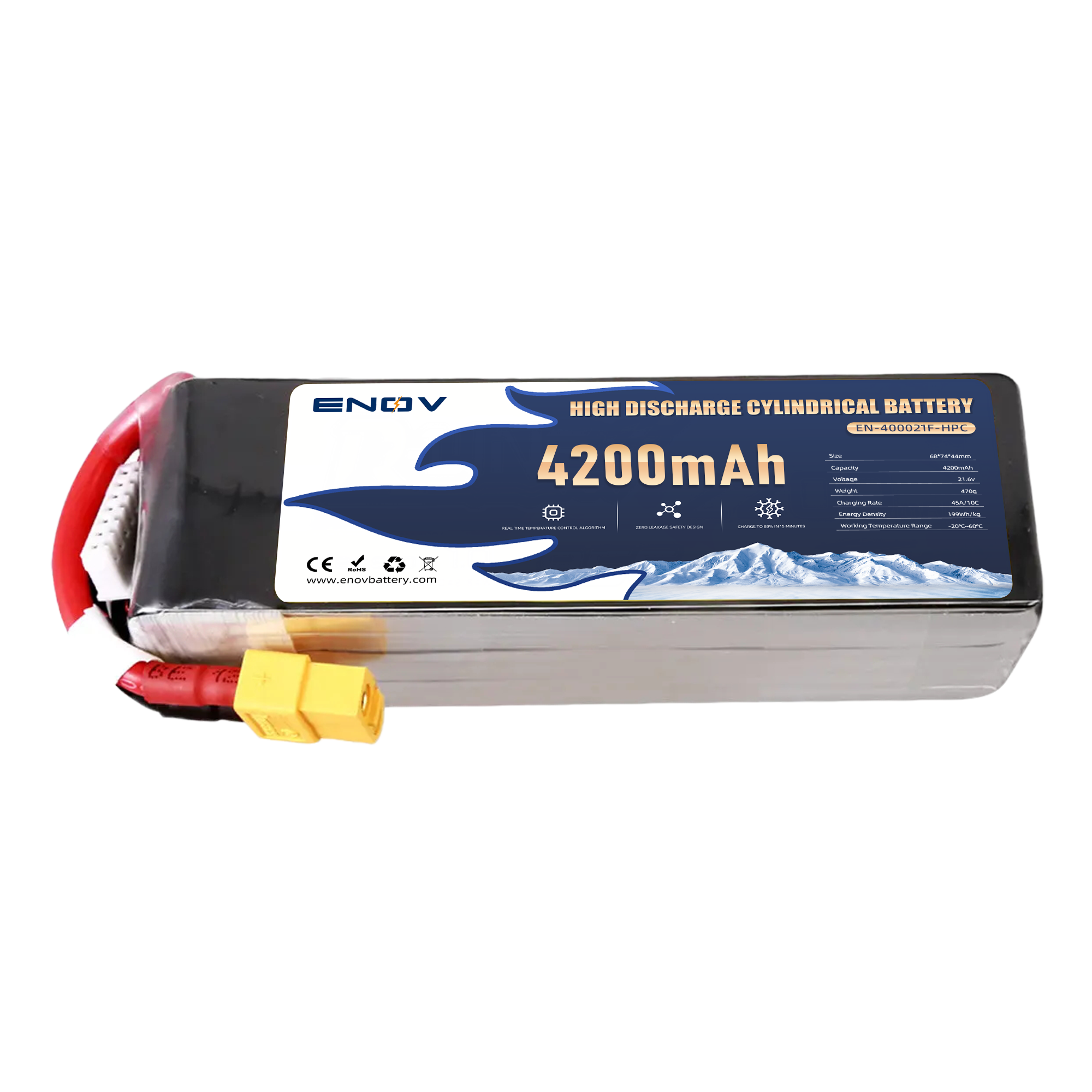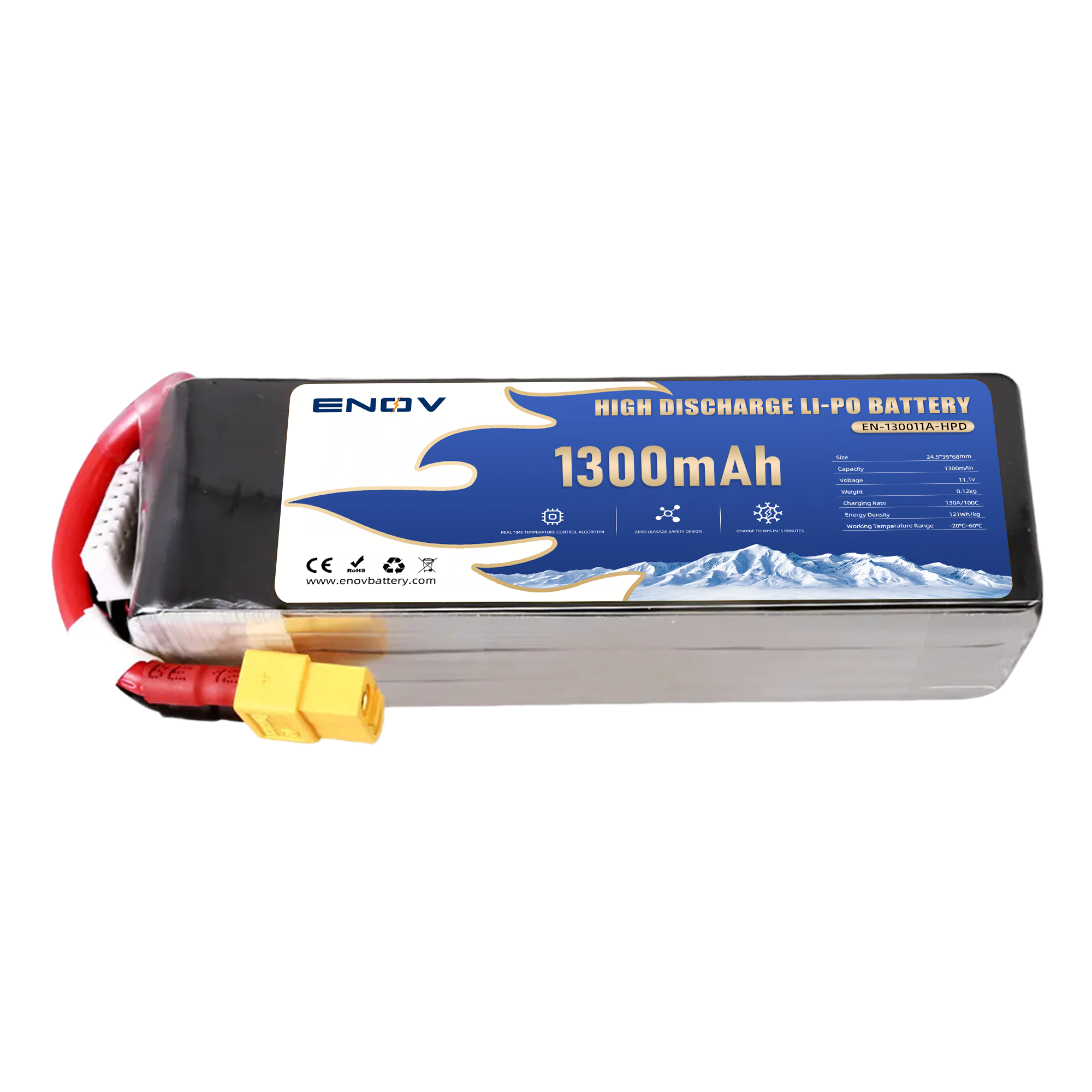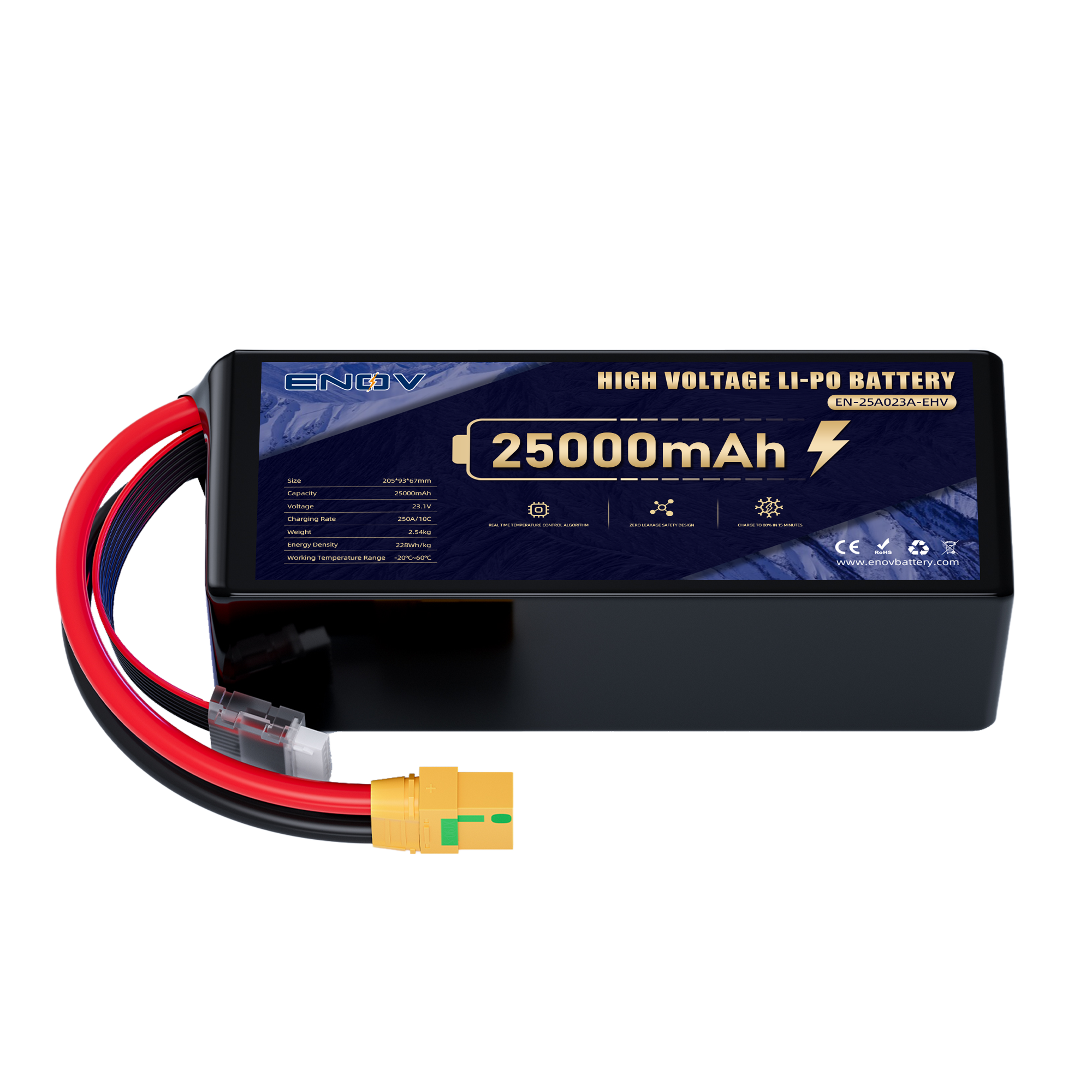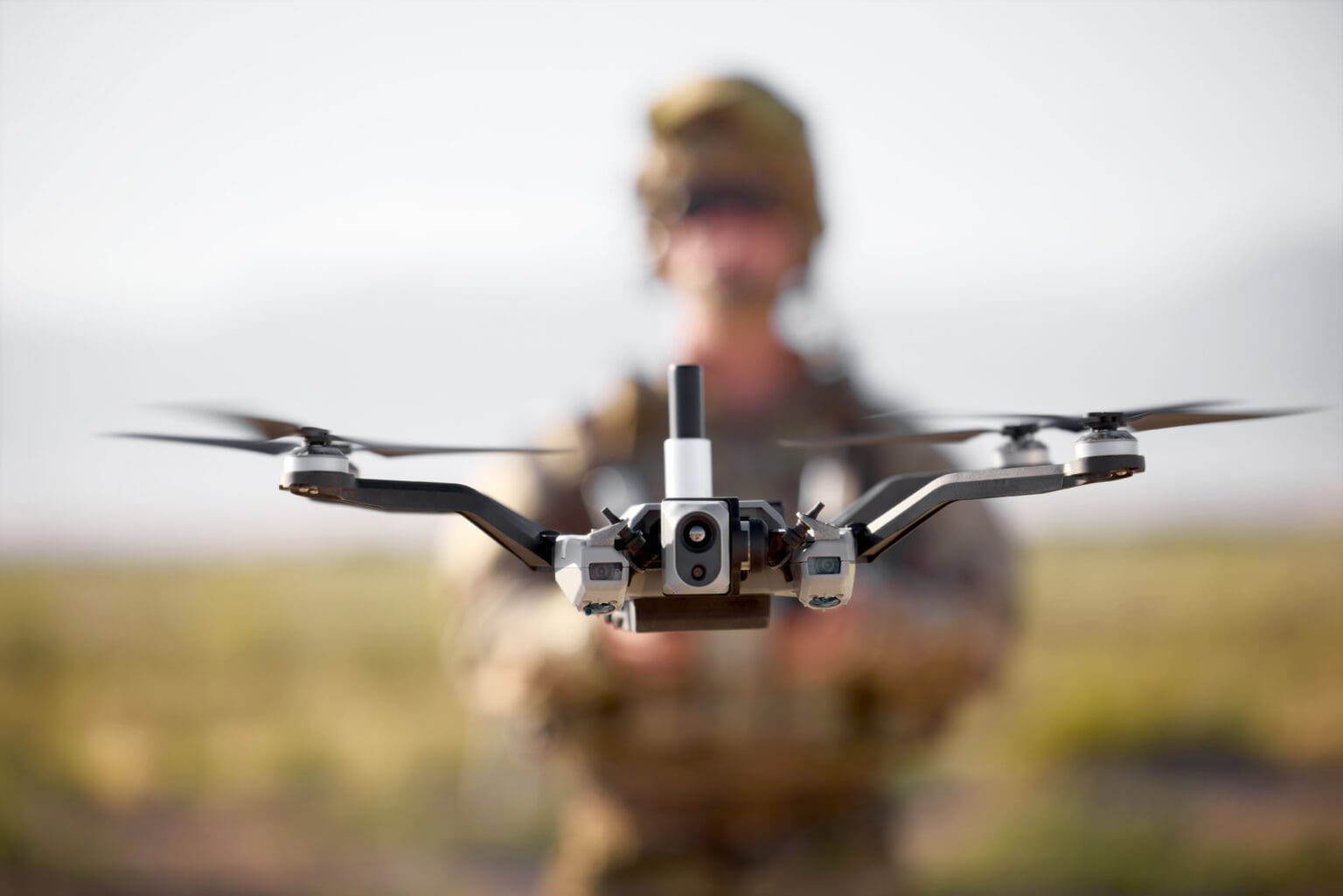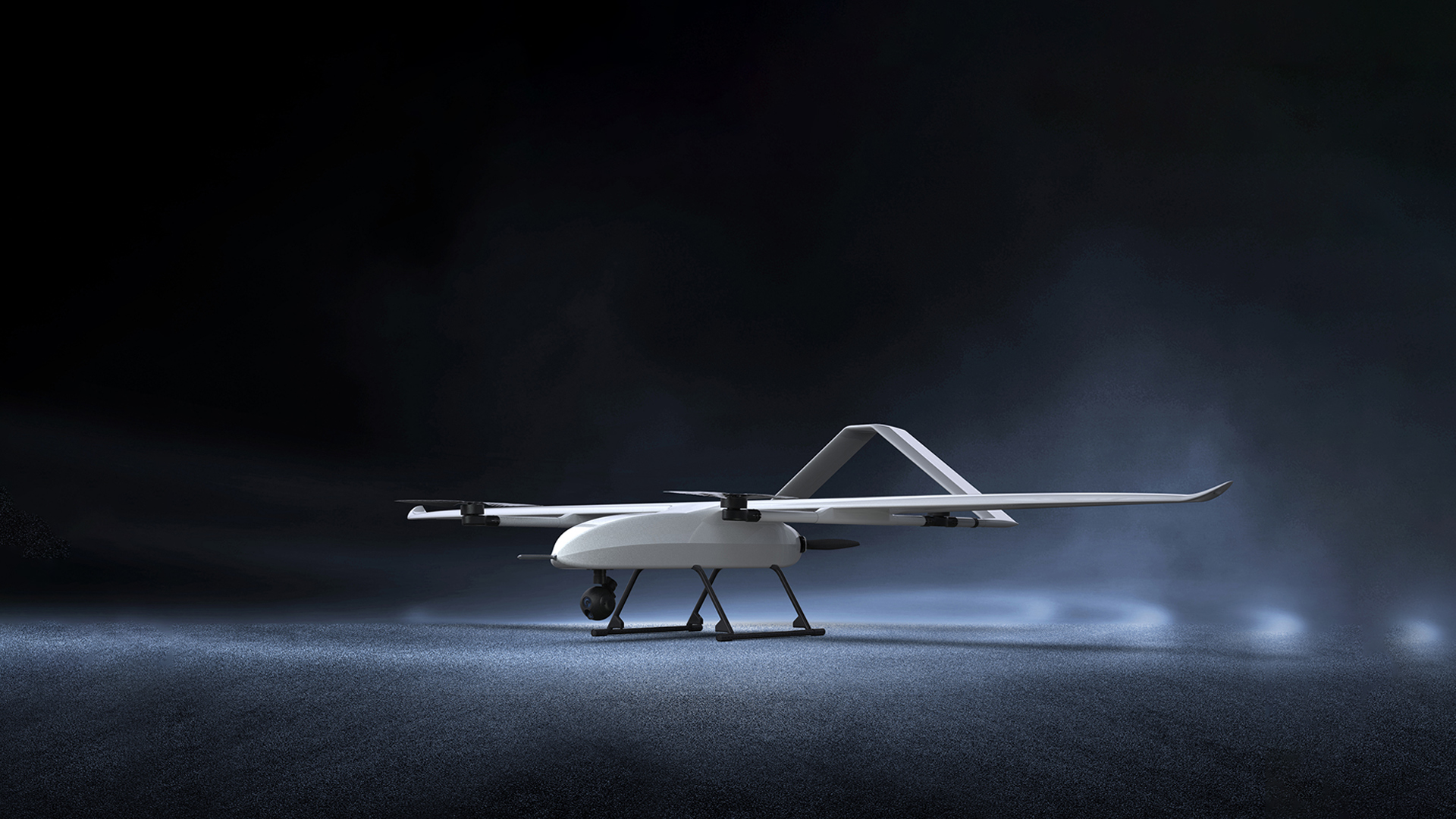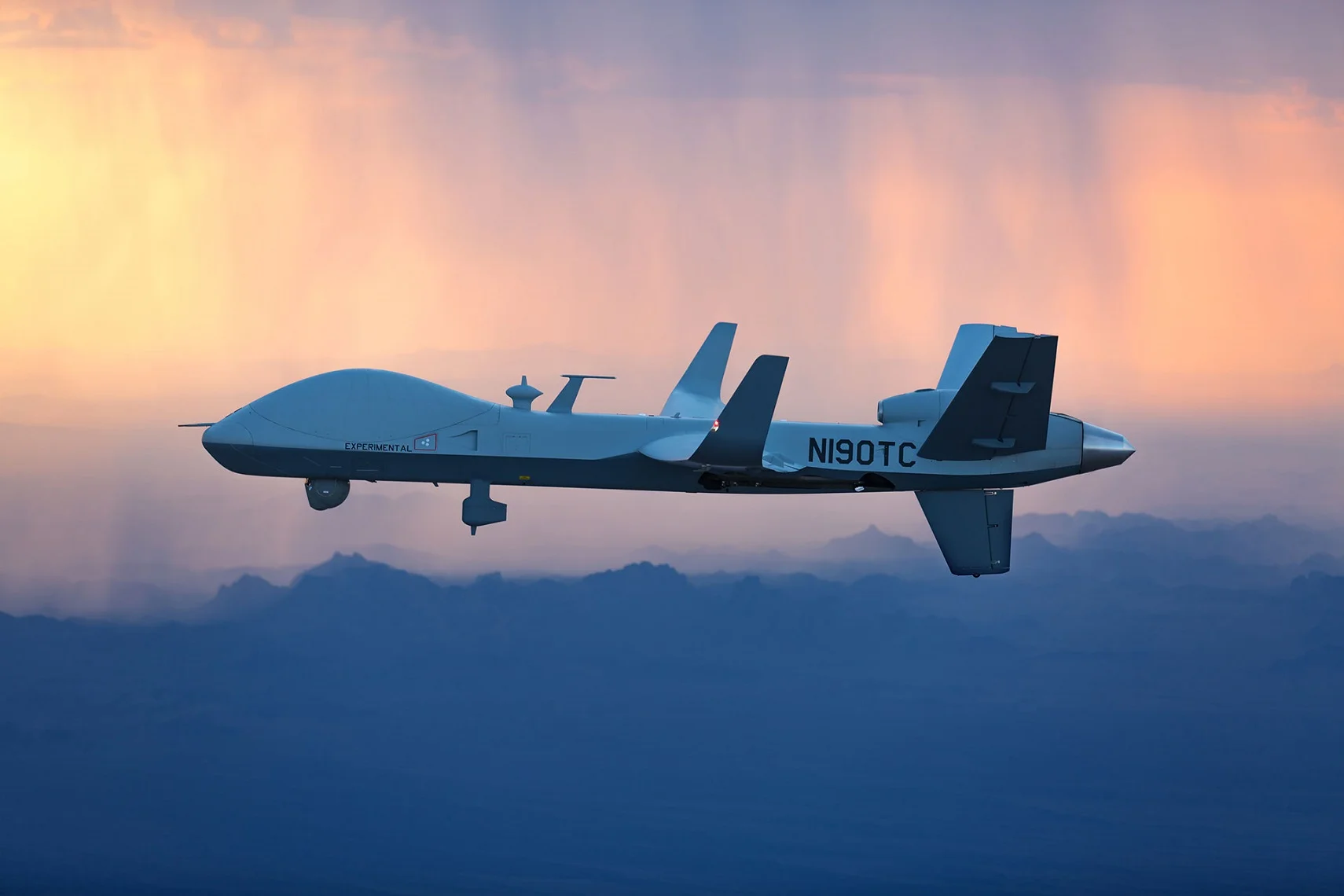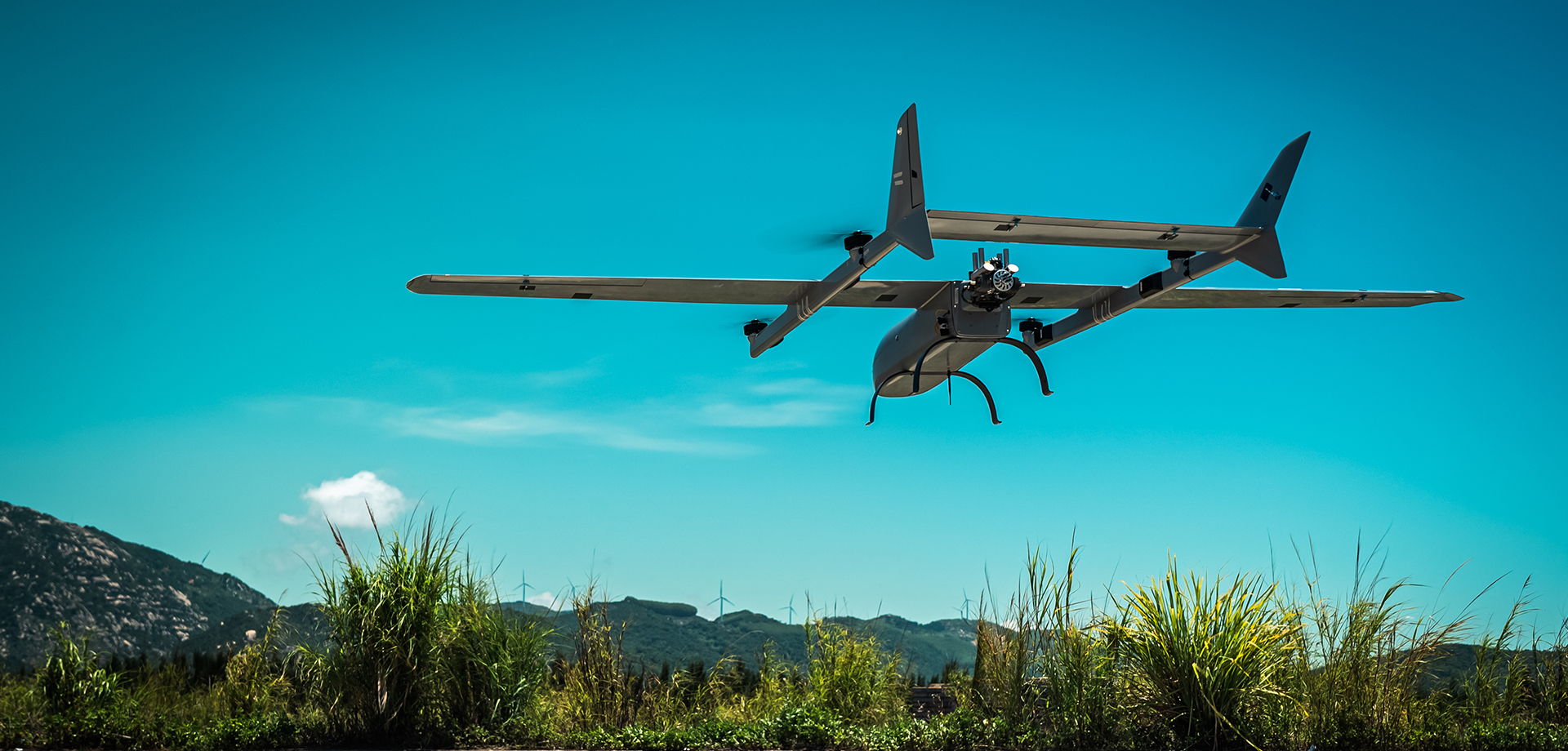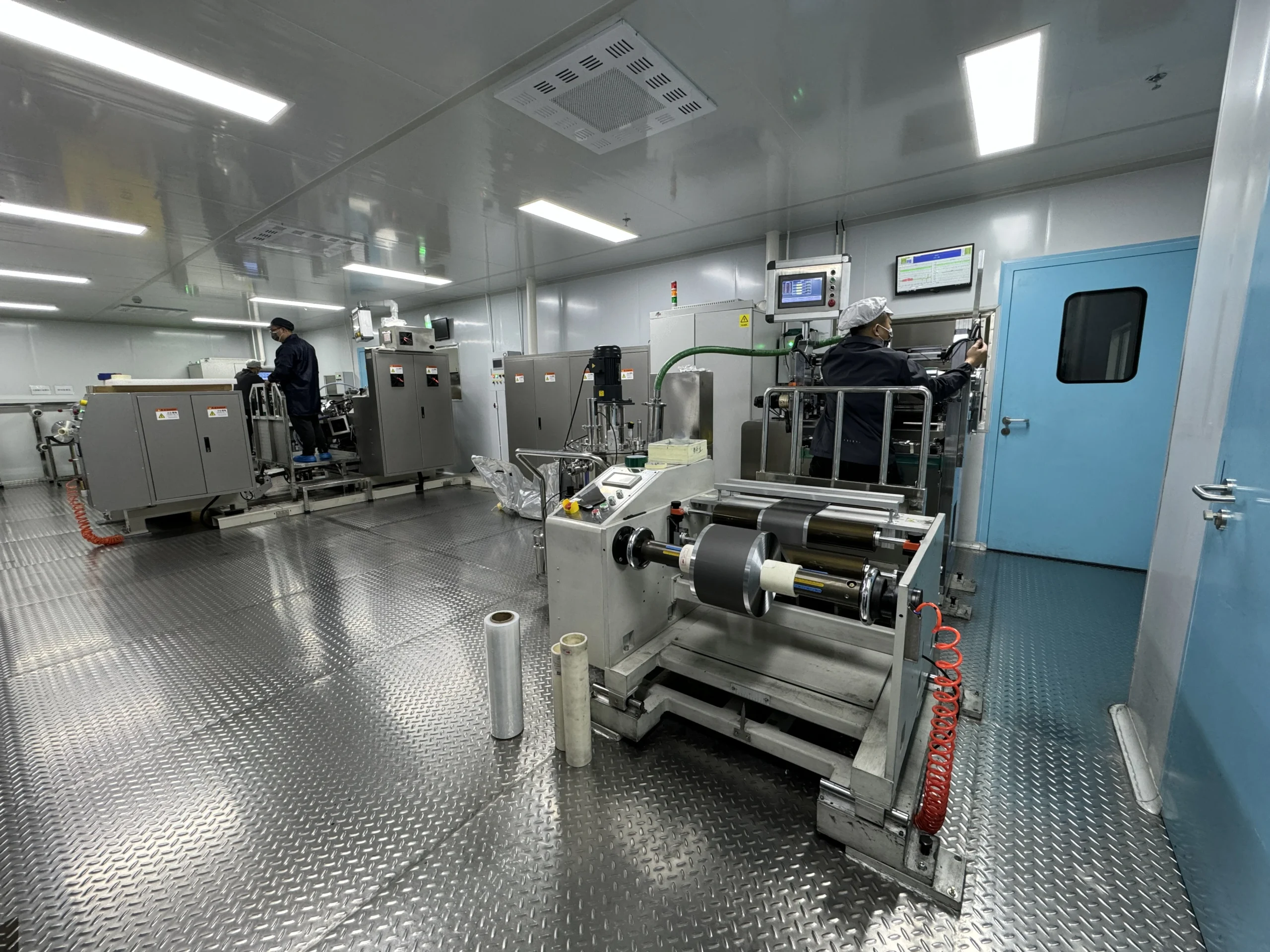Policy and Market Forces in Future Drone Battery Technology:
Shaping the Next Era of Innovation
Policy and Market Forces in Future Drone Battery Technology
Policy and market forces in future drone battery technology are pivotal drivers reshaping the industry’s trajectory. While technological breakthroughs dominate headlines, regulatory frameworks and economic dynamics increasingly dictate the pace and direction of innovation.
This article examines how evolving policies, trade dynamics, and market competition converge to accelerate advancements in drone batteries—balancing sustainability, safety, and global competitiveness.
thrust
Governments worldwide are enacting stringent regulations to address environmental and safety concerns. The European Union’s 2024 Battery Regulation mandates carbon footprint declarations for industrial and EV batteries, with compliance deadlines extending to 2027. These rules push manufacturers to adopt greener production methods, recycle materials, and integrate digital battery passports for traceability.
Simultaneously, aviation authorities are tightening safety standards for lithium-based batteries. Mandates for fire-resistant electrolytes and advanced thermal management systems aim to mitigate risks in commercial and military drones. Such policies not only enhance safety but also spur R&D investments in next-gen chemistries like solid-state and lithium-metal batteries.
Global trade tensions are reshaping supply chains, forcing manufacturers to adapt. The U.S.-China tariff war has disrupted component sourcing, with 34% tariffs on Chinese imports raising costs for drone batteries and rare earth materials. In response, companies are diversifying production to countries like Vietnam and Mexico while exploring localized sourcing of critical minerals.
Market forces also drive innovation in energy efficiency. For instance, rising demand for long-endurance drones in defense and logistics has fueled investments in hydrogen fuel cells and hybrid systems. Meanwhile, e-commerce growth amplifies the need for fast-charging solutions, pushing manufacturers to prioritize high-density, lightweight designs.
Intense competition among battery manufacturers and drone OEMs is accelerating technological leaps. Leading players are investing in AI-driven battery management systems (BMS) to optimize performance and lifespan. Startups like Montavista Energy are commercializing lithium-metal batteries, offering 60-80% longer flight times than traditional lithium-ion variants.
Corporate alliances further shape the landscape. Partnerships between drone manufacturers and energy firms aim to standardize swappable battery systems, reducing downtime for delivery and inspection drones. Additionally, defense contractors are collaborating on portable charging stations capable of harvesting power from multiple sources—solar, vehicles, or ships—to support missions in remote areas.
Consumer preferences and regulatory pressures are aligning to drive sustainable innovation. Eco-conscious buyers increasingly favor drones with recyclable batteries, prompting brands to adopt circular economy principles. For example, retailers like Bunnings and Battery World now offer dedicated recycling programs, reducing environmental impact while complying with waste management laws.
Meanwhile, policies promoting renewable energy integration are fostering hybrid solutions. Drones equipped with solar-assisted charging systems are gaining traction in agriculture and surveillance, aligning with global net-zero targets. This synergy ensures regulatory compliance while meeting market demands for cost-effective, eco-friendly operations.
The interplay of policy and market forces will define the industry’s future. Stricter emissions regulations and carbon pricing mechanisms may favor regions with clean energy infrastructure, incentivizing manufacturers to relocate production hubs. Conversely, countries lagging in policy frameworks risk losing competitiveness as innovation clusters emerge elsewhere.
Market consolidation is another likely outcome. Smaller firms struggling to meet compliance costs may be acquired by larger players, while niche innovators focusing on AI or solid-state batteries could dominate specialized segments. Ultimately, companies balancing regulatory agility with market responsiveness will lead the next wave of drone battery evolution.
Conclusion
Policy and market forces in future drone battery technology are inseparable catalysts for progress. Regulatory mandates ensure safety and sustainability, while market competition fuels breakthroughs in energy density and efficiency. As global trade dynamics and consumer preferences evolve, stakeholders must navigate this complex landscape to unlock scalable, eco-conscious solutions. By aligning innovation with regulatory and economic realities, the industry can achieve sustainable growth—powering drones that redefine possibilities across industries.
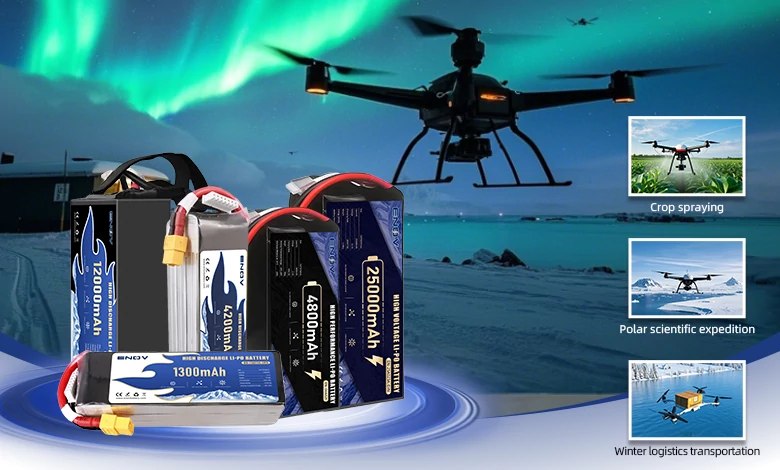
UAV DRONE battery
Enov UAV battery has the most advanced UAV battery new technology, it has a lightweight structural design, ultra-high energy density, stable continuous discharge, customized ultra-high instantaneous discharge, wide temperature working range, stable charge and discharge, battery materials can choose high nickel terpolymer positive/silicon carbon negative material system combined with semi-solid battery technology. Or choose a more mature application of more UAV lithium battery technology, available UAV battery nominal voltage 3.7V, capacity 18.0Ah ~ 30.0Ah, support 10C continuous discharge and 120C pulse discharge (3 seconds). With ultra-high energy density (220-300Wh/kg) as its core advantage, Enov UAV batteries can meet the needs of long-term endurance scenarios such as plant protection drones and transport drones, while maintaining stable emission performance in extremely low temperature environments (-40℃).
Other products
START-STOP LITHIUM BATTERY
LITHIUM ENERGY STORAGE BATTERY
QUICK INQUIRY
FAQ
Access to high frequency technical questions with one click, get accurate answers on product application, after-sales policy and customization process.
Service and Support
Get the latest product specifications, explore professional OEM/ODM customization services, click to open exclusive technical support and production solutions.
Become a Partner
We sincerely invite resources to interconnect, work together for win-win development, and immediately open a new chapter of strategic cooperation!
